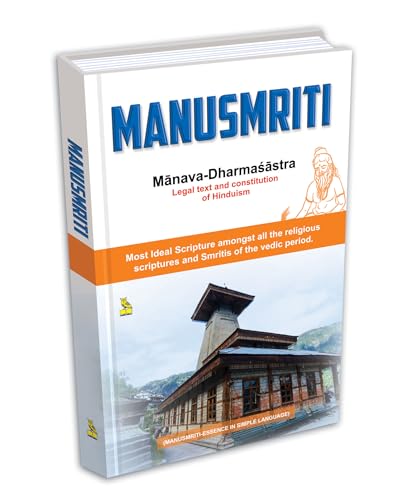2.51 Punishment for construction, etc., in prohibited area
2.51.1 Bare Act Provision:
1[30A. Punishment for construction, etc., in prohibited area.―Whoever raises, on and after the date on which the Ancient Monuments and Archaeological Sites and Remains (Amendment and Validation) Bill, 2010, receives the assent of the President, any construction in the prohibited area, shall be punishable with imprisonment not exceeding two years or with fine which may extend to one lakh rupees or with both.
Footnote:
1. Ins. by s. 9, ibid. (w.e.f. 16-6-1992).
2.52.2 Explanation:
Section 30A, as amended by the Amendment Act, 2010, is the penal provisions including imprisonment up to two years for unauthorized construction in prohibited areas after the amendment came into force on 20.03.2010.
Section 30A of the Ancient Monuments and Archaeological Sites and Remains Act (AMASRA), as amended in 2010, protects areas around ancient monuments and archaeological sites by prohibiting unauthorized construction. A “prohibited area” is typically a 100-meter zone around a centrally protected monument, as defined by the law. This rule applies to any construction activity started after 29th March 2010, when the 2010 amendment received presidential assent. The purpose is to preserve the historical, cultural, and archaeological value of these sites by preventing damage or encroachment.
If someone builds anything in this restricted zone without permission, they can face strict penalties. The punishment includes up to two years in prison, a fine of up to one lakh rupees, or both. This applies to any individual or entity raising structures, whether temporary or permanent, in the prohibited area. The law ensures that such activities are regulated by authorities like the National Monuments Authority (NMA), which oversees permissions for any work near protected sites. This provision reflects the government’s commitment to safeguarding India’s heritage while balancing modern development needs, ensuring these sites remain intact for future generations.
The court also noted that to invoke the penal provisions under Section 30A of the Ancient Monuments and Archaeological Sites and Remains Act, 1958, as amended in 2010, it must be established that the alleged unauthorized construction occurred after the amendment came into effect i.e., after 20.03.2010.[1]
The court generally applied the legal maxim “Actori incumbit onus probandi”, means the burden of proof lies on the party who asserts or claims, in its interpretation. This is evident because the court insisted that before penalizing the petitioner for unauthorized construction, the authorities must prove that the area was officially declared as a “prohibited area” through proper notification and that the construction occurred after the relevant legal amendment. The court required strict procedural compliance and evidence from the authorities, reflecting this maxim’s principle that the burden of proof rests on the accuser, not the accused.[2]
Referance:
[1] Issue notice in the Smti Tutu Hazarika vs The Union Of India, Gauhati High Court, Dt. 13 September, 2022
[2] Legal Maxims Used By Courts in India, IIPRD, Dt. 14th May 2020, https://www.iiprd.com/legal-maxims-used-by-courts-in-india/, Last visited on 28th June, 2025.

Image credit: https://x.com/GemsOfINDOLOGY
Know more about Temple Laws ….




Pingback: AMASRA: 2.52 Section 30B. Punishment for construction, etc., in regulated area. – bharatlex-rinkutai.com